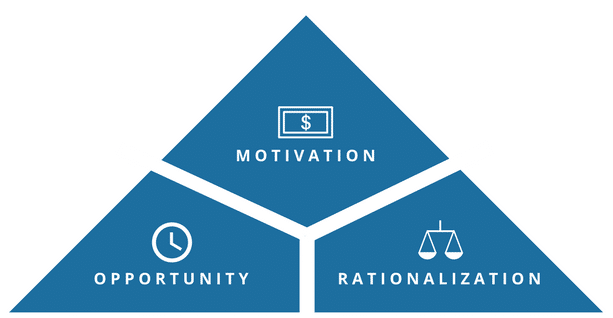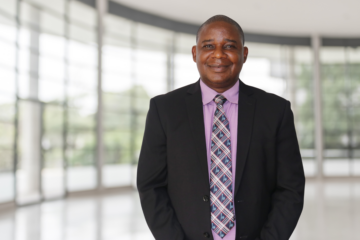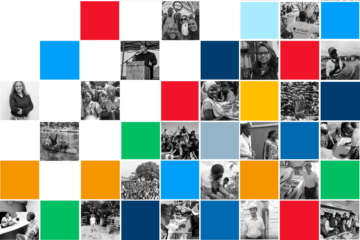AccessHolding COVID-19 Response: Controlling frauds

In the microfinance sector, we rely significantly on the honesty of our employees and clients. A range of factors force us to depend on trust, but most of it comes down to information. Only rarely do we have third party-verified data, meaning we must do the verification work ourselves. While almost all clients and employees are honest, there are always a few willing to abuse the trust of the company.
When considering the chance of fraud being committed, we always refer to the classic “Fraud Triangle.” During the COVID-19 crisis, every pressure point on fraud has been increased.

- Motivation has increased as economic struggles in the world have increased need.
- Rationalization has increased as stories can be made about supporting family or community in a time of need.
- Opportunity has increased as social distancing and partial staffing reduce the opportunities for second and third lines of defense to conduct their controls.
With this in mind, AccessHolding and its network banks have needed to find a way to stay on top of fraud in new and innovative ways.
How can we control fraud in a pandemic? Especially with fewer chances to visit clients, review credit files, and interview employees!
As such, our Fraud Specialist in Berlin has developed a series of indicators highly associated with fraudulent credit activity. Most of these indicators measure the way in which transactions are performed in order to avoid any potential demographic or social biases. With these tools we can find portfolios of clients at a product, branch or loan officer level in a quick and easy way to establish the high-risk outliers.
With use of this tool, our Risk and Audit Departments can quickly and easily find precise information about where to conduct investigations – reducing the sample sizes needed to find and control frauds. This reduction in sample sizes increases the scope of controls while reducing the risk faced in the midst of a pandemic.
Currently we are working to expand the function of this tool with a mathematician and programmer in order to add machine learning elements. By looking into highly complex patterns of transactions in a structured way, we will be able to learn more and more about what fraud looks like and how to flag it on the spot.


